Butter Churning with A2 Jersey Cow Milk
Butter churning is a rewarding—and tasty—experience that can bring homesteaders back to the simplicity of traditional food preparation. When you own Jersey cattle, you can take your butter to the next level by using raw A2 Jersey cow milk for butter churning.
Churning butter isn’t as difficult as it sounds. It’s a simple process that’s been used for centuries to transform cream into butter by agitating it. When done right, you end up with fresh, creamy, and delicious butter that can be used on fresh bread and in other homestead dishes.
Making homemade butter gives you more control over the flavor and quality of the finished product. You can even toss in some herbs and spices to create a unique spread.
Churning butter is fun and easy. Your entire family can enjoy participating.
Ready to give it a try? In this blog, you’ll learn:
- What is raw A2 Jersey cow milk?
- Why should you use raw A2 Jersey cow milk for butter churning?
- What equipment do you need for butter churning?
- What’s the difference between sweet cream and cultured butter?
- How much butter does raw A2 Jersey cow milk yield?
- What are 3 butter-churning methods?
- What is “washing your butter?”
- Do you have to salt churned butter?
- How do you store churned butter?
What is raw A2 Jersey cow milk?
Raw A2 Jersey cow milk comes from Jersey dairy cattle that produce only A2 protein. A2 is a type of beta-casein protein found in some Jersey milk cows. It’s important to note that not all Jersey milk cows produce A2 milk. You can have your cow’s raw milk tested to verify if it’s an A2 producer.
A2 milk is bio-available. The human body can absorb lots of it without experiencing unpleasant side effects. People with milk sensitivities or an allergy to the A1 protein found in most dairy cow milk gravitate toward raw A2 Jersey cow milk because it’s more easily digested.
Jersey milk cows aren’t the only dairy cattle that can produce A2-exclusive raw milk. Other A2-producing dairy breeds include Charolais, Guernsey, and Limousin. As with Jerseys, it’s important to test these other breeds to ensure they’re A2-exclusive producers.
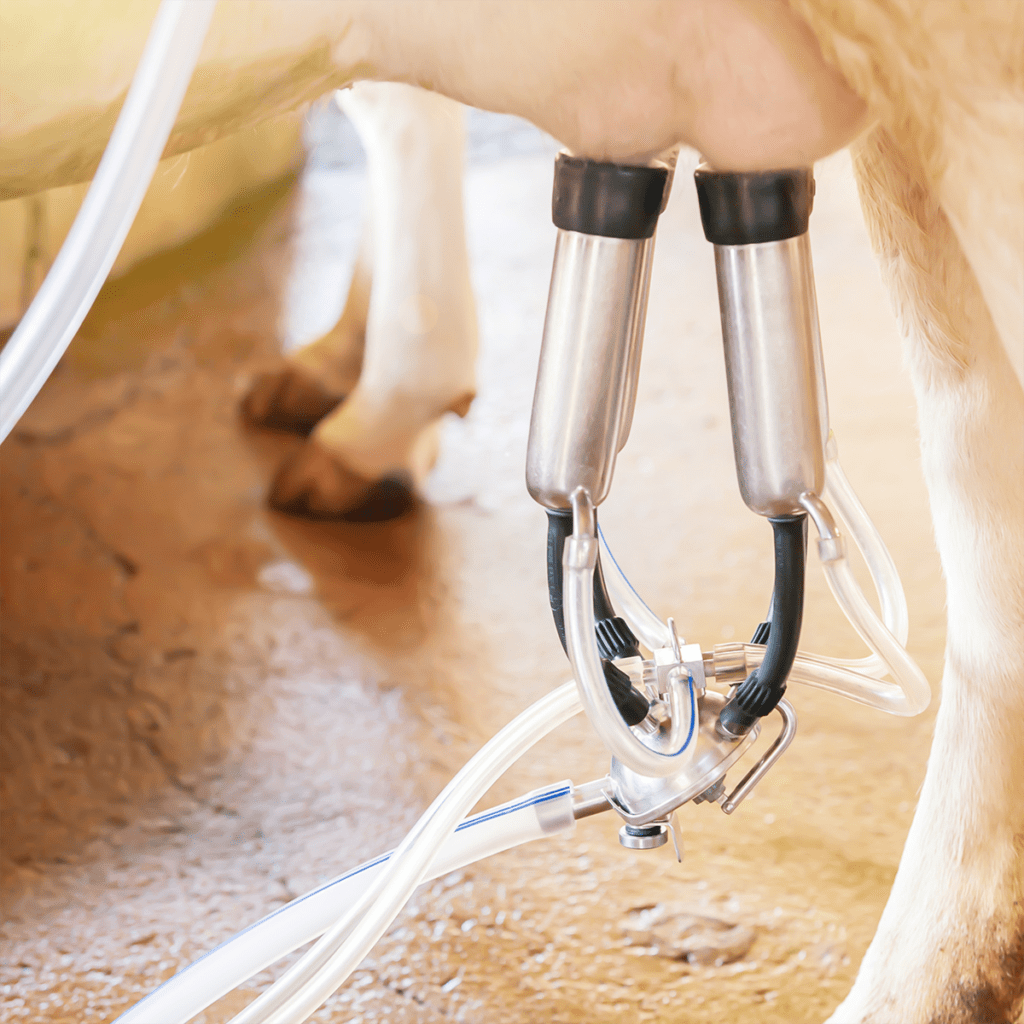
Why should you use raw A2 Jersey cow milk for butter churning?
One reason to use raw A2 Jersey cow milk for butter churning is the creamy goodness can be enjoyed by everyone on your homestead—even the ones with dairy sensitivities. Another argument for churning butter with raw A2 milk instead of A1 milk is the added health benefits of raw A2 milk.
We already know that A2 milk is easier to digest. Did you also know you can enjoy other health benefits by regularly consuming raw A2 Jersey cow milk (and products made from it)?
Raw Jersey cow milk qualifies as a complete protein. It contains all nine essential amino acids your body needs to function at its best. Just one cup of A2 raw milk is packed with nutrients like calcium, phosphorous, potassium, and Vitamin K—all the building blocks of healthy bones.
Lastly, Jersey cattle produce some of the creamiest, richest raw milk because it’s high in milk fat content (around 5%). Before you panic, that’s not a bad thing. Beneficial fatty acids like omega-3s can be found in their milk, which has added health benefits when consumed regularly.
What equipment do you need for butter churning?
Making butter on your homestead requires some equipment. Don’t worry, none of it is expensive or hard to use. You probably have most of it laying around your kitchen already.
- A large bowl with a tight-fitting lid (or an electric mixer or traditional butter churner).
- A clean, large glass jar with a tight-fitting lid.
- A spatula or wooden spoon.
- A strainer.
- A supply of fresh water for “washing” the butter.
What’s the difference between sweet cream and cultured butter?
Sweet cream butter and cultured butter have different flavors and uses. The methods for making each differ slightly. You’ll make sweet cream butter from fresh, pasteurized cream that’s not fermented. It produces a mild and creamy flavor that some people prefer for baking and cooking.
Cultured butter differs in that it’s made from cream that’s allowed to ferment before churning it into butter. The fermentation process involves adding bacteria cultures to the cream and allowing it to sit for a while until it sours and develops a tangy flavor.
Some people prefer cultured butter because it has a more complex flavor compared to sweet cream butter. It’s often used in high-end cooking and baking applications.
You can choose to make either when churning butter on your homestead. Tailor the homemade butter you create to your personal preferences and tastebuds.
How much butter does raw A2 Jersey cow milk yield?
The amount of butter produced from raw A2 Jersey cow milk depends on several factors, including the fat content and efficiency of the butter-churning process.
Typically, a gallon of raw Jersey cow milk with a fat content of around 5% yields about 1 pound of butter. How much butter you produce also depends on the method you choose for churning your butter, the temperature of the cream, and the length of time it’s agitated.
Any time we’ve churned butter on our homestead, we’ve gotten about a half-pound of butter from one gallon of our Jersey’s raw milk. If you want a full pound of butter, you may need to churn at least 2.5 gallons of raw Jersey cow milk.
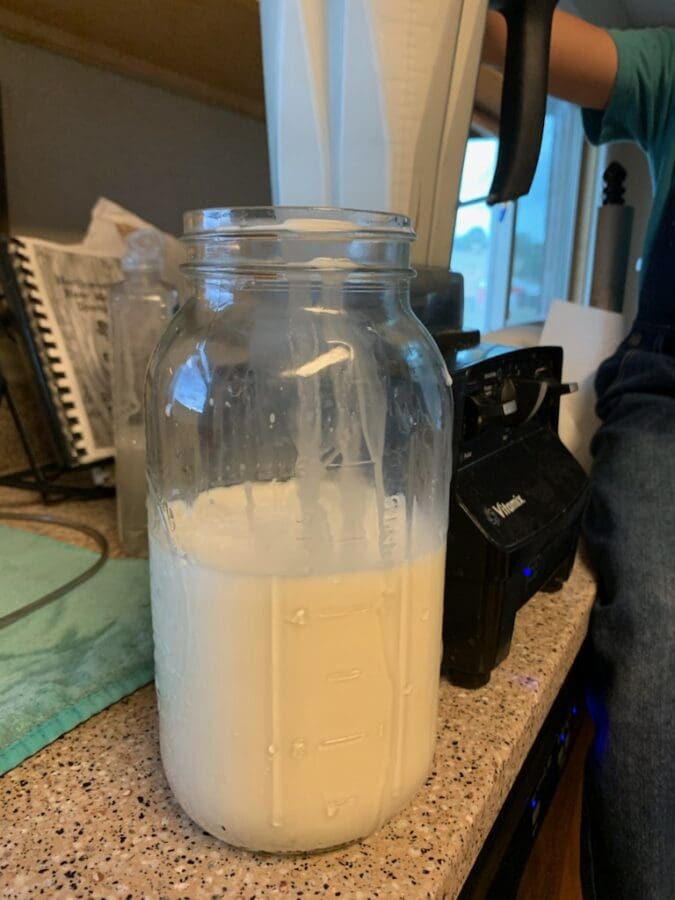
What are 3 butter-churning methods?
On our homestead, we prefer to make homemade butter using the jar method. However, that’s just one of three possible ways to churn butter at home. Here are each of the methods you can use. Choose the one that works best for your time constraints and production needs.
Before you choose your method, you must skim the cream off the raw Jersey cow milk. It’s easy to do this using one of three recommended methods.
The first way is the easiest and requires the least resources. Pour your fresh milk into a glass container big enough to hold it. Let it sit for 24 hours. Then, use the ladle to scoop the cream from the top and place it in another container.
Another foolproof method some homesteaders rage about is using an iced tea dispenser. Pour your fresh milk into it and allow it to sit for 24 hours. Then, open the spigot on the dispenser to release the skimmed milk. This method leaves behind the cream line floating at the top, making it easier to capture in a separate container.
You also can opt for an old-fashioned cream separator that does the work for you. You can find them for sale online. A word of caution: some are quite large and expensive, so it might not be a viable option for everyone.
Now that you’ve separated your cream, choose one of these three methods for turning it into butter.
Jar Method
This is one of the simplest ways to make butter at home. All you need is the cream from your raw Jersey cow milk and a glass jar with a tight-fitting lid. Pour the heavy cream into a clean, large jar and put the lid on tight. Then, shake the jar until the cream turns into butter. It typically takes about 15 to 20 minutes of consistent shaking.
Electric Mixer Method
If the thought of shaking a jar full of raw Jersey cow milk for 20 minutes makes your hands hurt, you can cheat by using an electric mixer instead. To churn butter this way, pour the heavy cream into a large bowl and use the mixer to beat the cream until it turns into butter. This method takes about 5 to 10 minutes.
Butter Churn Method
Homesteaders serious about making lots of butter from scratch may want to invest in an old-fashioned butter churn. Traditional butter churns are barrel-shaped with a large handle in the center. It takes about 20 minutes of turning the handle before the heavy cream becomes butter.
If you dislike the idea of turning a handle for 20 minutes, you can buy an electronic butter churner that does the hard work for you.
What is “washing your butter?”
Washing your butter is the final step before you can enjoy spreading it on fresh bread and other pastries or using it in recipes. It’s important not to skip this part of the process or you’ll end up with homemade butter that turns rancid quickly.
The goal of washing your butter is to remove any buttermilk left behind during churning. Even if you wash your butter properly, fresh butter only keeps for about a week when refrigerated.
Follow these steps for fool-proof washing:
- Place your churned butter in a bowl of room-temperature water.
- Knead it with your hands to release the buttermilk.
- Drain off the excess water.
Repeat the process as many times as necessary to remove all the buttermilk. Once you’re finished washing it, you must drain all the water. To do this, you can put it in a bowl and press it. This method prevents the butter from getting too soft and prolongs its shelf life.
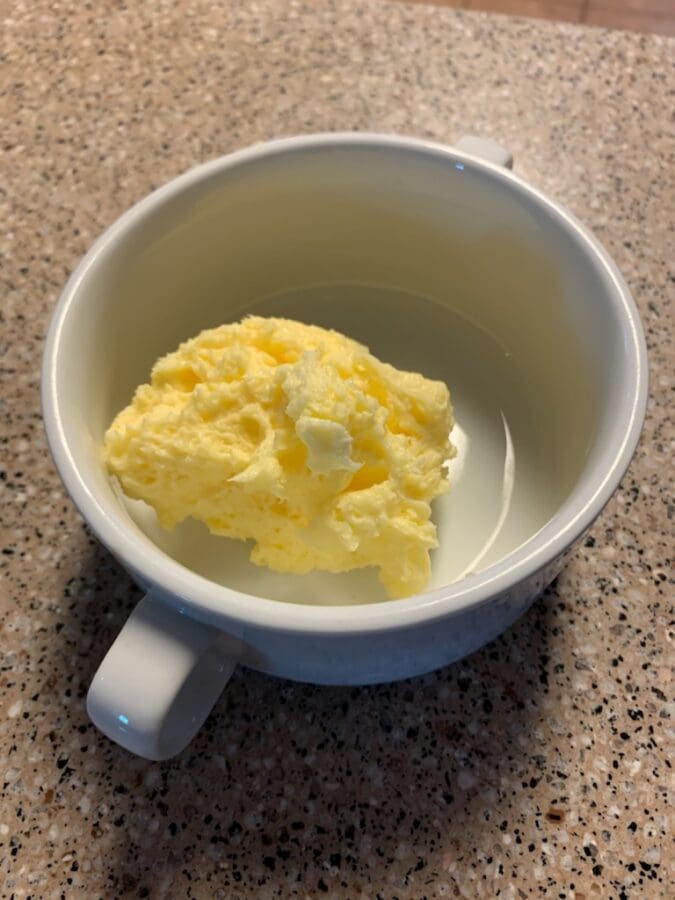
Do you have to salt churned butter?
Salting your churned butter helps preserve it, so we recommend doing it, even if you don’t like the taste of butter.
To determine how much salt to use, go back to the amount of cream you started with before churning. Here are some general guidelines:
- 1 teaspoon of salt per 1 gallon of cream
- ½ teaspoon of salt for ½ gallon of cream
- ¼ teaspoon of salt for 1 quart of cream
- 1/8 teaspoon salt for 1 pint of cream
Put your butter in a clean bowl and add the salt. Knead it with your hands until it’s well-blended. Applying the salt may cause additional liquid to drain from the butter. If this happens, keep the liquid away from the butter.
How do you store churned butter?
How you store your churned butter depends on how quickly you plan to use it. If you think you’ll consume it within a day, then putting it on a plate and sticking it in the fridge is OK. You don’t have to cover it.
If you think it might take you up to 2 weeks to use your butter, then use some plastic wrap on it to keep it from being exposed to the air.
It’s possible to freeze your homemade butter for up to a year when wrapped tightly in plastic wrap and secured in a freezer-safe container. When you’re ready to use it, thaw it and then store it according to the guidance above depending on how quickly you plan to use it.
Sources
- Milk Components: Understanding Milk Fat and Protein Variation in Your Dairy Herd. extension.psu.edu. Accessed February 10, 2023.
- Natural proteins: Sources, isolation, characterization and applications. ncbi.nlm.nih.gov. Accessed February 10, 2023.
- Science and technology of cultured cream products: A review. sciencedirect.com. Accessed February 10, 2023.
- Systematic Review of the Gastrointestinal Effects of A1 Compared with A2 β-Casein. academic.oup.com. Accessed February 10, 2023.
In our kitchen, we only use cultures from Cultures for Health.
Get yours here and start culturing today.
Popular Articles
Newsletter
Get signed up to get latest updates and new information from the Jersey Milk Cow!
This site uses Akismet to reduce spam. Learn how your comment data is processed.

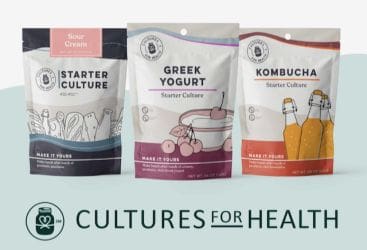



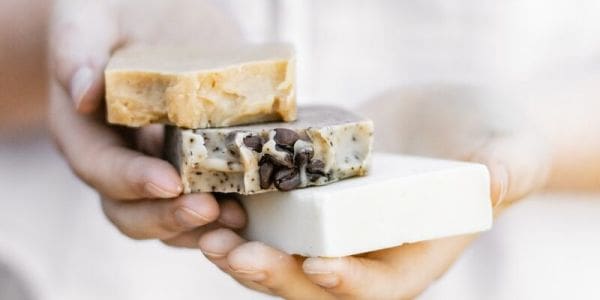


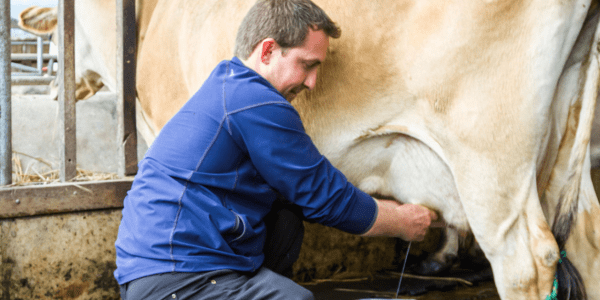
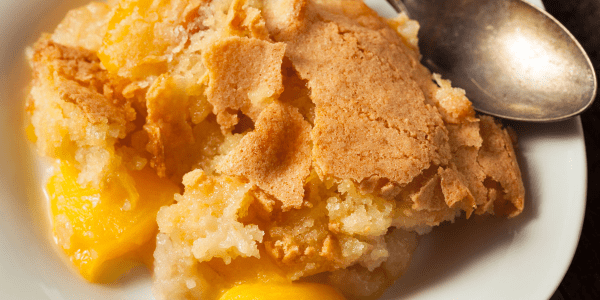


Leave a Reply